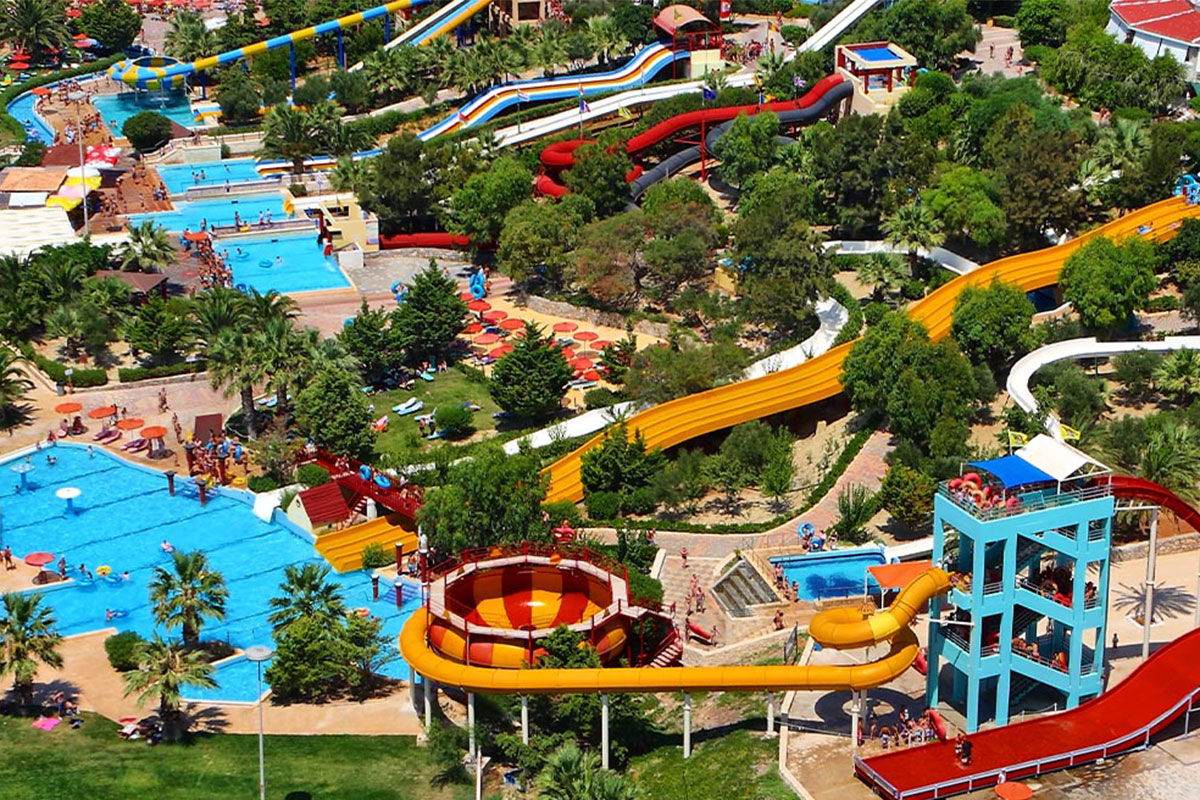

Heraklion, the capital of Crete, is a city full of energy and strong character. It blends its historical heritage with modern urban life, making it one of the most vibrant and culturally rich destinations in Greece. With views over the endless blue of the Cretan Sea and a history that dates back to the Minoan era, Heraklion captivates with its authenticity.
The city is home to some of the Mediterranean’s most important landmarks, such as the renowned Heraklion Archaeological Museum and the Minoan Palace of Knossos. At the same time, everyday life in Heraklion pulses with vitality: cafés, traditional tavernas, modern restaurants, cultural festivals, and lively nightlife create a complete mosaic of experiences.
Crete, the largest island in Greece, is a land of contrasts: majestic mountains, stunning beaches, fertile plains, and picturesque villages. Cretan culture is unique—deeply rooted in history yet open and welcoming. The Cretans are known for their warmth, hospitality, and deep pride in their land.
Gastronomy is a key part of the island’s identity. Based on the traditional Mediterranean diet, Cretan cuisine offers authentic, simple, and highly nutritious flavors, using olive oil, fresh vegetables, local herbs, and regional cheeses. Don’t miss trying raki, dakos, and kalitsounia!
Whether you choose Crete for its history, the sea, nature, food, or its people, one thing is certain: every visit leaves a lasting impression and invites you to return again and again.
The iconic Palace of Knossos is the most important archaeological site in Crete and one of the most significant in Europe. Located just a few kilometers outside Heraklion, it was the seat of King Minos, ruler of Minoan Crete. With its vivid frescoes, labyrinthine layout, and rich mythology involving the Minotaur and the Labyrinth, Knossos is an essential part of ancient Greek heritage.
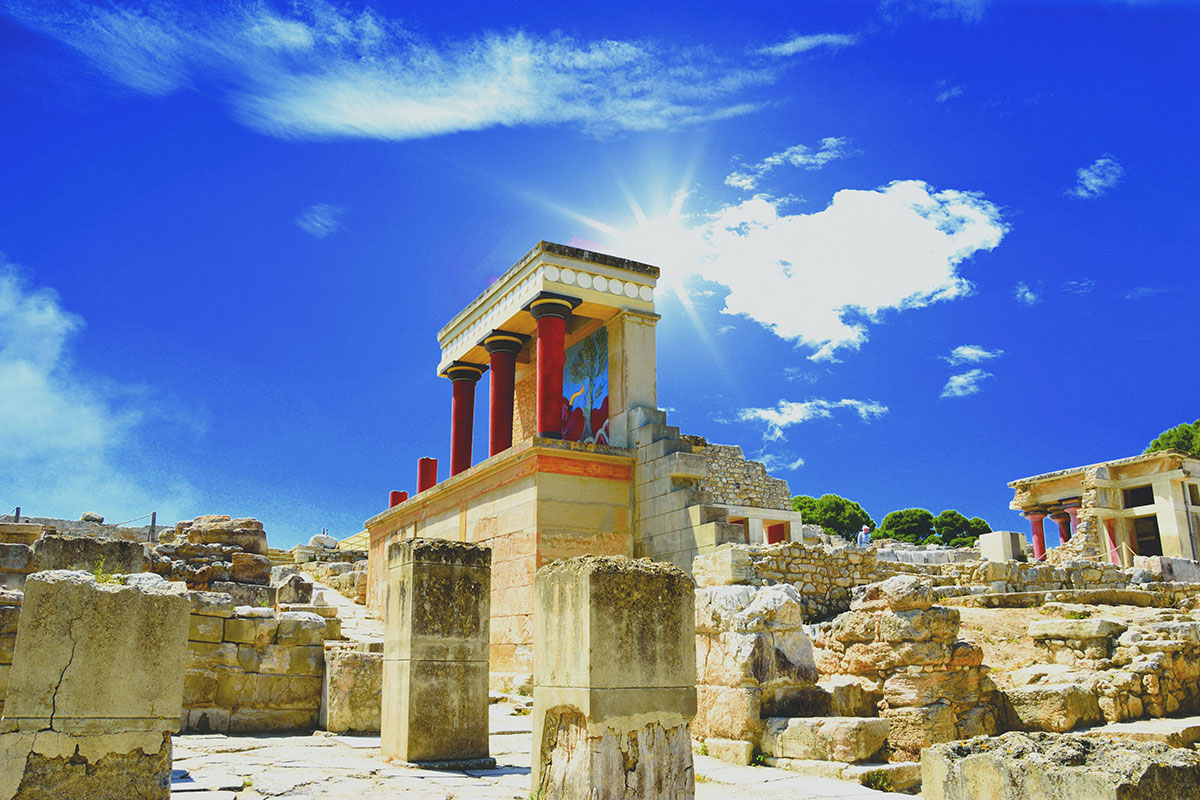
One of Greece’s most important museums, the Heraklion Archaeological Museum hosts the world’s largest collection of Minoan artifacts. From the mysterious Phaistos Disc to the stunning frescoes of Knossos, each room offers a journey through a civilization that flourished in Crete thousands of years ago.
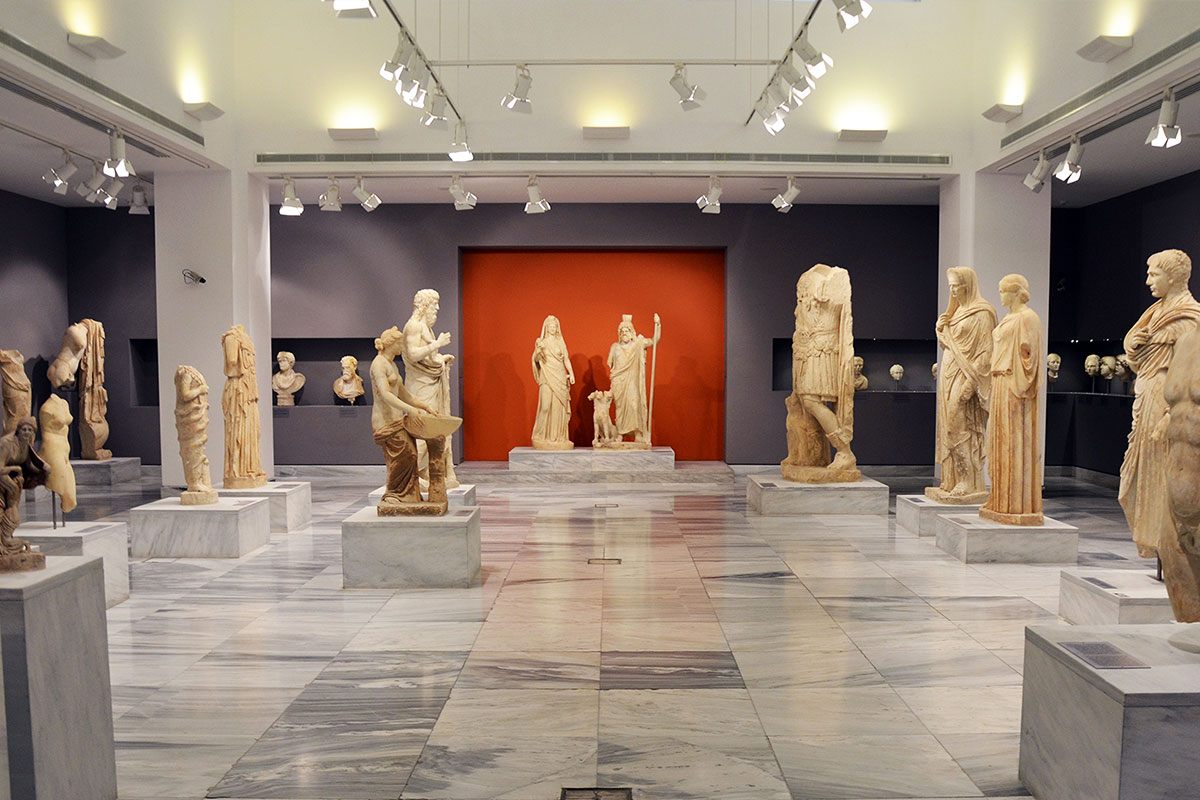
The heart of the city beats at Lions Square, a lively meeting spot for locals and visitors alike. Here you'll find the famous Morosini Fountain, surrounded by cafés and shops. Just a short walk away lies the Church of Saint Titus, a serene Byzantine monument offering a moment of calm and spiritual reflection in the bustling city.
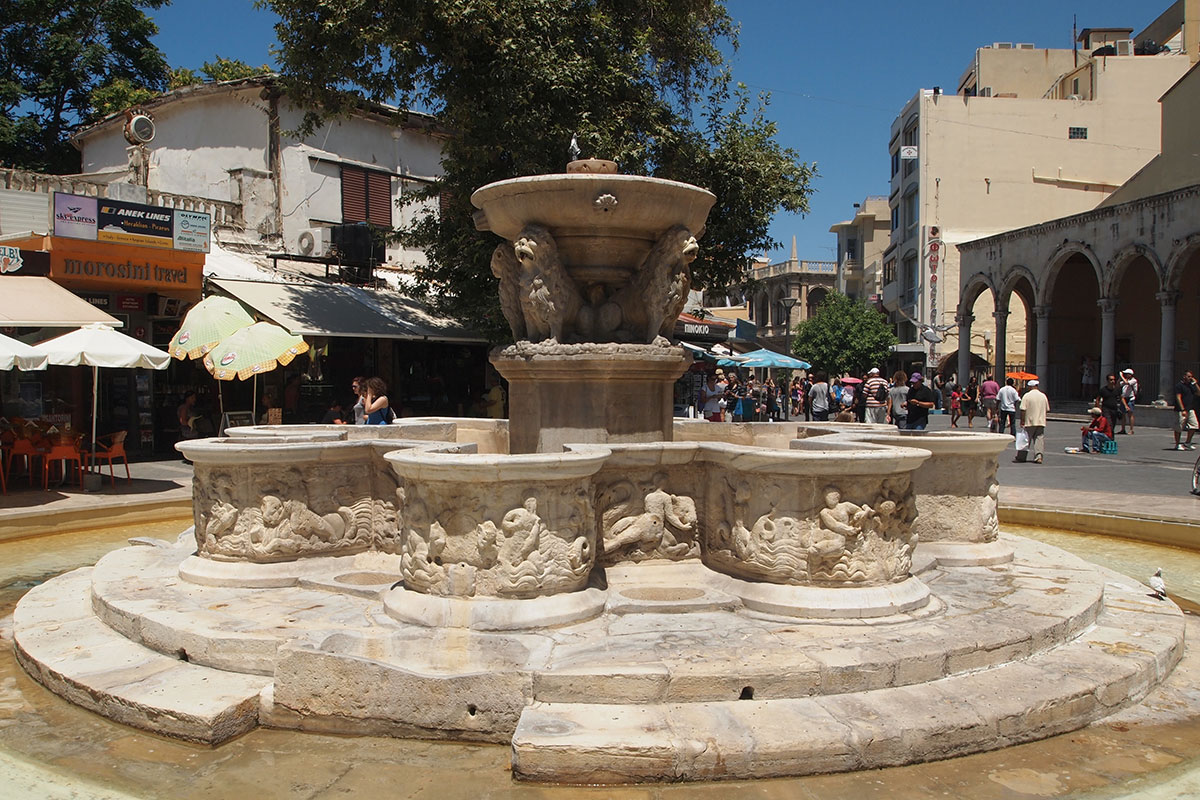
Standing guard at the entrance of Heraklion’s old harbor, the Venetian Koules Fortress is one of the city's most recognizable landmarks. Built in the 16th century by the Venetians, it offers panoramic views of the sea and town, making every visit a step back in time through Crete’s defensive history.
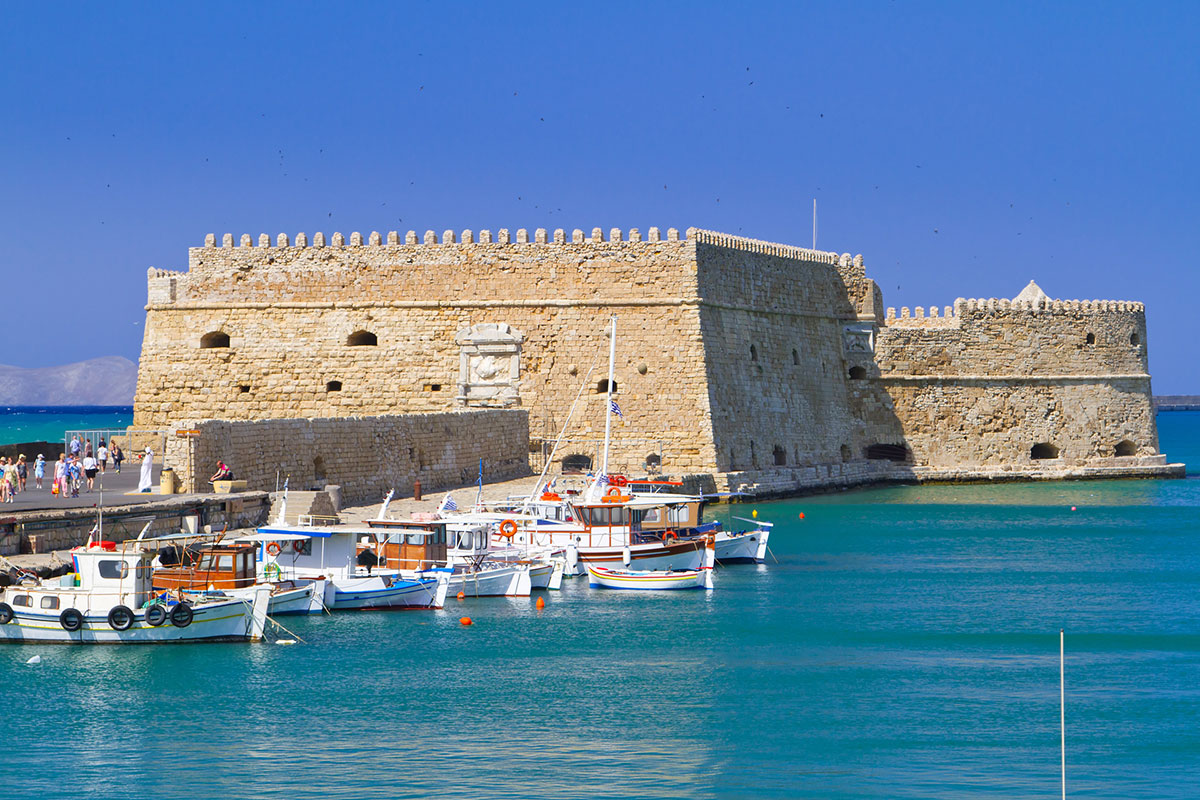
Cretaquarium is one of the largest aquariums in the Mediterranean and a top destination for families. It hosts hundreds of marine species and provides educational experiences about the region’s sea life. Located just outside Heraklion, in the former American base at Gournes.
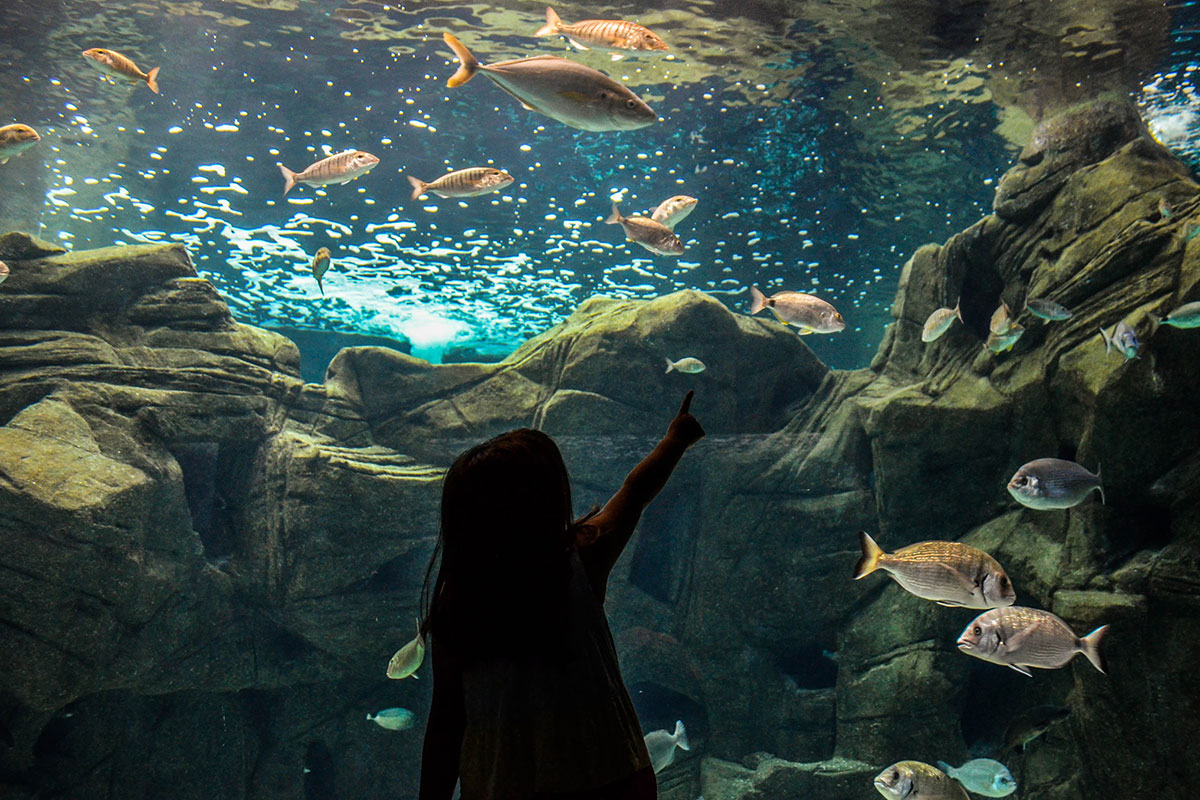
Nestled in a lush valley full of orange groves and running streams, the picturesque village of Fodele is the birthplace of the renowned painter El Greco. It offers tranquility, natural beauty, and authentic Cretan hospitality—perfect for a relaxing walk or a traditional meal in a local taverna.
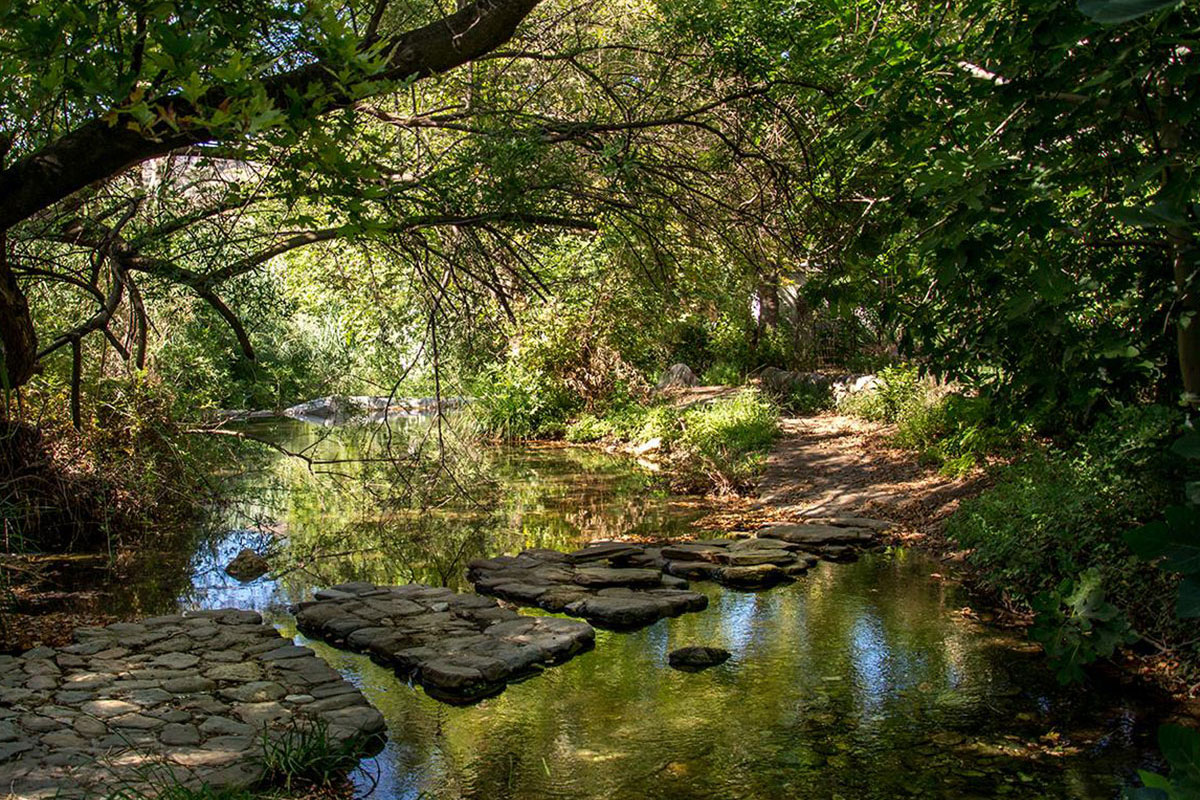
Located in Fodele, the El Greco Museum pays tribute to the legendary painter who rose to fame in Spain but was born in Crete. The museum features reproductions of his works, historical documents, and insights into his life, all within a space that exudes cultural value and respect for the artist’s legacy.
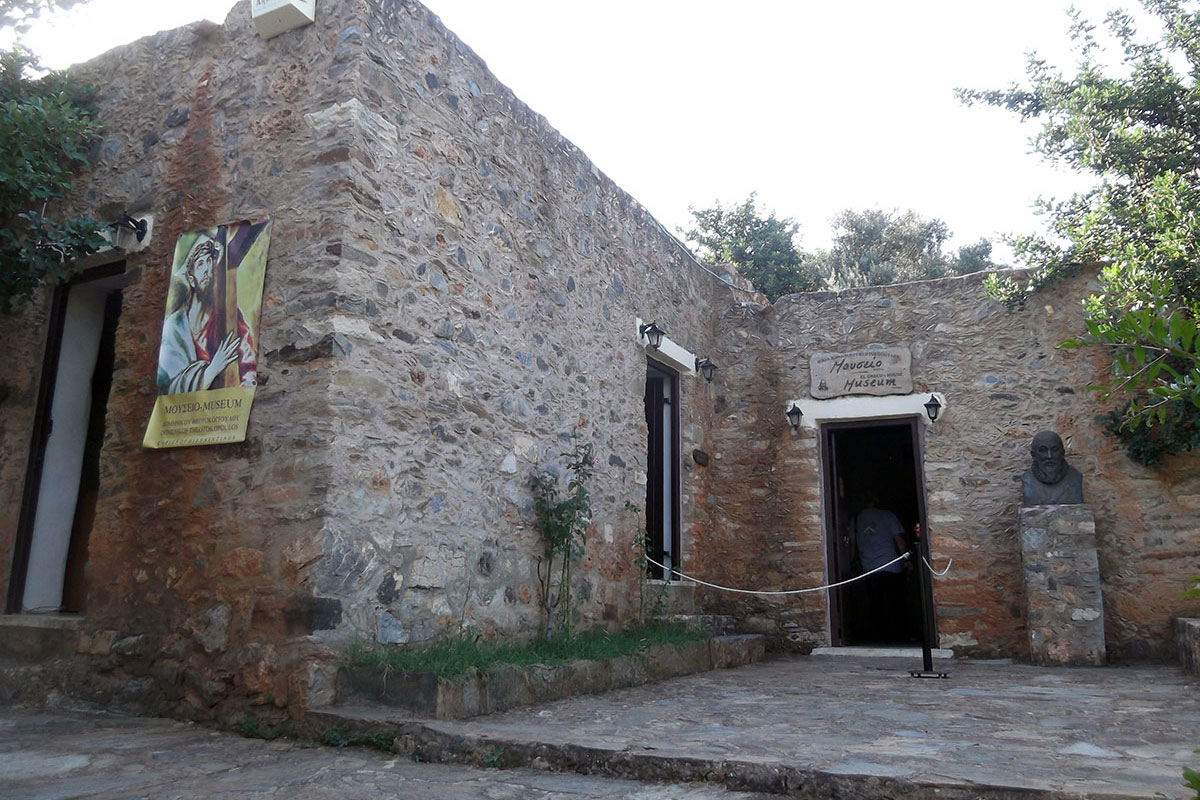
Watercity is the largest water park in Crete, packed with slides, pools, and activities for all ages. A full day at Watercity promises endless fun, laughter, and refreshment—making it the ideal summer escape for families and groups of friends alike.
